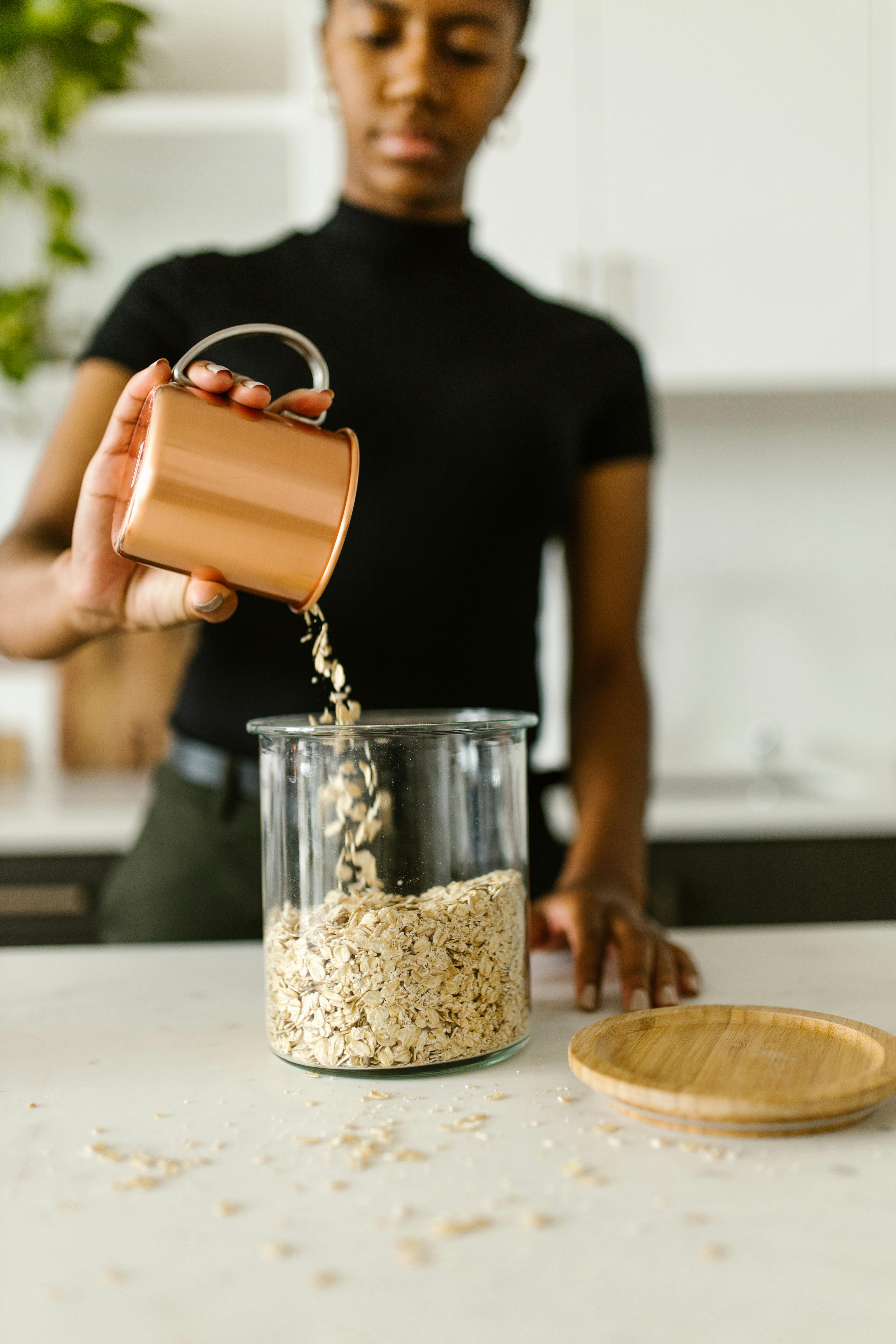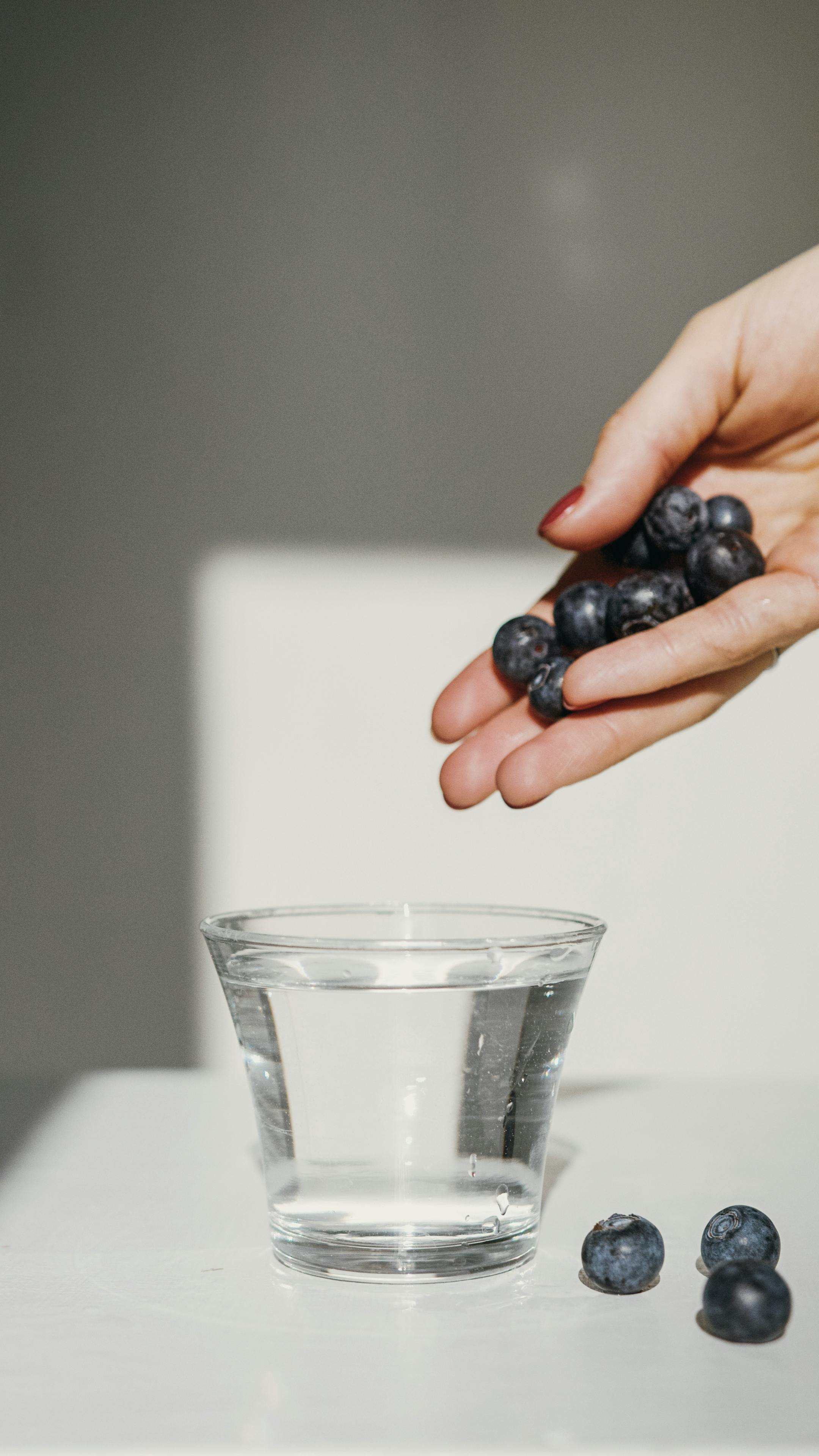
Essential Guide to Crafting a Diverticulosis Diet Plan
Diverticulosis is a common condition affecting the colon, characterized by the formation of small pouches called diverticula. Managing this condition effectively requires a tailored approach to diet and nutrition. The right diet plan not only alleviates symptoms but can also significantly lower the risk of flare-ups. In this essential guide, we'll discuss key dietary principles, food options, and practical strategies to help enhance gut health, focusing on high-fiber foods, hydration, and cooking techniques suitable for diverticulosis.
As we move through this article, expect comprehensive insights into dietary guidelines for diverticulosis, meal planning, and how to incorporate healthy eating habits. By the end, you'll have a clear roadmap for designing a dietary plan that supports your health and manages diverticulosis symptoms effectively.
Key takeaways include understanding which foods are beneficial, the importance of hydration, cooking methods that preserve fiber, and practical meal ideas tailored for diverticular disease.
Understanding Dietary Guidelines for Diverticulosis
With a foundation of knowledge about diverticulosis, we can explore dietary guidelines and how individual food choices contribute to gut health. A well-structured diet is crucial in managing diverticulosis and preventing complications like diverticulitis. At its core, dietary modifications aim to reduce inflammation, maintain regular bowel movements, and promote overall colon health.
High-Fiber Foods: The Cornerstone of Management
Incorporating high-fiber foods into your diet is essential for managing diverticulosis. Fiber adds bulk to the stool, aiding in smoother passage and reducing the risk of diverticula formation. Focus on a variety of fiber types, including soluble and insoluble fiber. Soluble fiber, found in oats and apples, dissolves easily in water, while insoluble fiber, abundant in whole grains and vegetables, adds bulk without dissolving.
Recommendations suggest gradually increasing daily fiber intake to about 25-30 grams. This can be achieved by including fiber-rich fruits like pears and berries and vegetables such as carrots and leafy greens. Also, exploring legumes, nuts, and seeds ensures you're meeting the nutritional needs while adhering to a diverticulosis-friendly diet.
Meal Frequency and Portion Control
Adopting a regular meal pattern is integral for maintaining digestive health in individuals with diverticulosis. Consistent meal timing enhances gastrointestinal function, facilitating better digestion. Aim for three balanced meals a day, along with healthy snacks to manage hunger and help prevent overeating. Portion control is vital, as it prevents excessive strain on the digestive system. Utilizing smaller plates or bowls can visually simplify this practice.
Hydration Strategies for Digestive Health
Hydration plays a pivotal role in managing diverticulosis. Inadequate fluid intake can lead to constipation, making it essential to drink plenty of water throughout the day. Aim for at least 8 cups of water, adjusting based on activity levels and individual needs. Herbal teas, broths, and diluted juices can also contribute to hydration, making the process more enjoyable.
Additionally, avoiding caffeine and alcohol, which can dehydrate the body, is recommended. Implementing hydration strategies while increasing fiber consumption can pave the way for healthier bowel habits and overall well-being.
Cooking Methods for Diverticulosis
With dietary guidelines in mind, the next step is to explore safe and effective cooking methods that enhance the nutritional value of foods for those managing diverticulosis. Choosing the right cooking techniques can preserve fiber content and avoid unnecessary fat or additives. This section will delve into various methods and their benefits.
Safe Cooking Oils and Techniques
Opting for healthy cooking oils while preparing meals for diverticulosis is essential. Extra virgin olive oil and avocado oil are excellent choices as they provide not only healthy fats but also anti-inflammatory properties beneficial for gut health. Cooking methods such as steaming, baking, grilling, and slow-cooking are recommended, as they retain nutrients better than frying or boiling.
When preparing meals, consider flavoring with anti-inflammatory spices like turmeric and ginger, which can further enhance the health benefits of your dishes while keeping meals enjoyable.
Meal Prepping for Convenience and Health
Meal prepping is a practical approach to ensure adherence to a diverticulosis diet. By planning and preparing meals ahead of time, individuals can avoid the temptation of processed foods that may harm gut health. Focus on batch cooking high-fiber recipes and incorporating a variety of fruits and vegetables throughout the week.
Consider cooking large portions of whole grain pasta, quinoa, or brown rice as a base, allowing for versatile meal creation. This not only streamlines the cooking process but also guarantees access to digestible foods for diverticulitis flare-ups.
Unique Recipe Ideas for Varied Diets
Incorporating diversity in meal options can help combat monotony and support long-term adherence to a diverticulosis diet. Explore recipes that emphasize fiber-rich ingredients and are easy to digest. For instance, oatmeal topped with chia seeds and fruits is a perfect breakfast option. A hearty lentil soup laden with vegetables can serve as a filling lunch or dinner choice.
Moreover, focusing on plant-based proteins and healthy snacks, such as hummus with cucumber sticks or yogurt with berries, can further enhance gut health. Don't overlook the nutritional power of whole grains in dishes like quinoa salads or brown rice bowls adorned with a variety of roasted vegetables.

Fruits and Vegetables for Diverticular Disease
Incorporating fruits and vegetables is essential for a diet aimed at managing diverticulosis. These food groups provide vitamins, minerals, and antioxidants, crucial for optimal health and well-being. While many fruits and vegetables are beneficial, some may be better suited for individuals with diverticular disease.
Safe Fruits for Diverticulosis
Fruits offer excellent fiber sources and can aid in alleviating symptoms associated with diverticulosis. Safe choices include bananas, berries, apples (with skin), and melons, as they are generally well tolerated. Introducing fruits gradually and observing reactions can guide selections based on personal tolerance.
Moreover, preparing fruit smoothies can help incorporate various options while ensuring palatability. Just ensure to use low-FODMAP fruits to prevent any gastrointestinal distress.
Vegetables to Enhance Nutritional Intake
Vegetables serve as integral components of a diverticulosis-friendly diet. Opt for cooked vegetables for easier digestion, particularly during flare-ups. Recommended options include spinach, carrots, zucchini, and sweet potatoes, which provide vitamins and minerals essential for maintaining health.
Experimenting with different cooking methods, such as roasting or blending vegetables into smoothies, can enhance their appeal. This flexibility makes it easier to consume a variety of vegetables while adhering to dietary restrictions.
Identifying and Avoiding Trigger Foods
A crucial component of managing diverticulosis is identifying and avoiding trigger foods. Common culprits that may exacerbate symptoms include nuts, seeds, popcorn, and certain processed foods. Each individual may have unique reactions, thus keeping a food journal can help track these sensitivities effectively.
By recognizing personal triggers, individuals can make informed choices about what to include or eliminate from their diet. Consulting with a healthcare professional or dietitian can also guide this process for improved symptom management.

Healthy Snacking and Meal Planning for Diverticulitis
In addition to meals, healthy snacking and effective meal planning are vital for maintaining an optimal diet in those with diverticulosis. Snacks can help manage hunger and provide essential nutrients without overburdening the digestive system. Effective meal planning ensures that compliant foods are readily available.
Smart Snacking Choices
Opt for snacks that align with diverticulosis dietary guidelines. Excellent choices are yogurt with probiotics for gut health, raw veggies like bell peppers or carrots, and low-FODMAP nuts. Ensure snacks are portion-controlled and nutritious, focusing on whole food options that promote digestive health.
Creating a Balanced Meal Plan
Meal planning for diverticulitis should center around balanced nutrition and variety. Aim to include a source of protein, healthy fats, and high-quality carbohydrates in each meal. Gradually incorporating foods, while monitoring the body’s response, can lead to a more personalized and effective approach to managing diverticulosis.
Incorporating a Dairy Alternative
For those who are lactose intolerant or prefer to avoid dairy, many delicious dairy alternatives are available. Options like almond, coconut, and oat milk offer fiber and essential nutrients while being easy on the digestive system. Exploring various dairy alternatives can help maintain a balanced diet without compromising on gut health.
Q&A Section: Common Queries about Diverticulosis Diet
What are the Most Beneficial Foods for Diverticulosis?
High-fiber foods, including fruits, vegetables, whole grains, and legumes, are fundamental. Foods like oatmeal, quinoa, lentils, and bananas provide necessary nutrients while promoting digestion and preventing flare-ups.
How Much Fiber Should One Consume Daily?
The general recommendation is to consume about 25-30 grams of dietary fiber a day. However, increasing fiber intake should be gradual to prevent discomfort.
What Foods Should Be Avoided with Diverticulosis?
Processed foods, spicy foods, nuts, seeds, and refined sugars can lead to flare-ups and should be avoided. Instead, focus on whole, unprocessed foods that promote digestive health.
Is Hydration Important for Managing Diverticulosis?
Absolutely! Staying hydrated aids in digestion and helps minimize constipation, particularly important when increasing fiber intake.
Should I Consult a Dietitian for a Personalized Meal Plan?
Consulting with a dietitian can be beneficial for tailored advice and meal planning, ensuring that dietary needs are met effectively and safely.